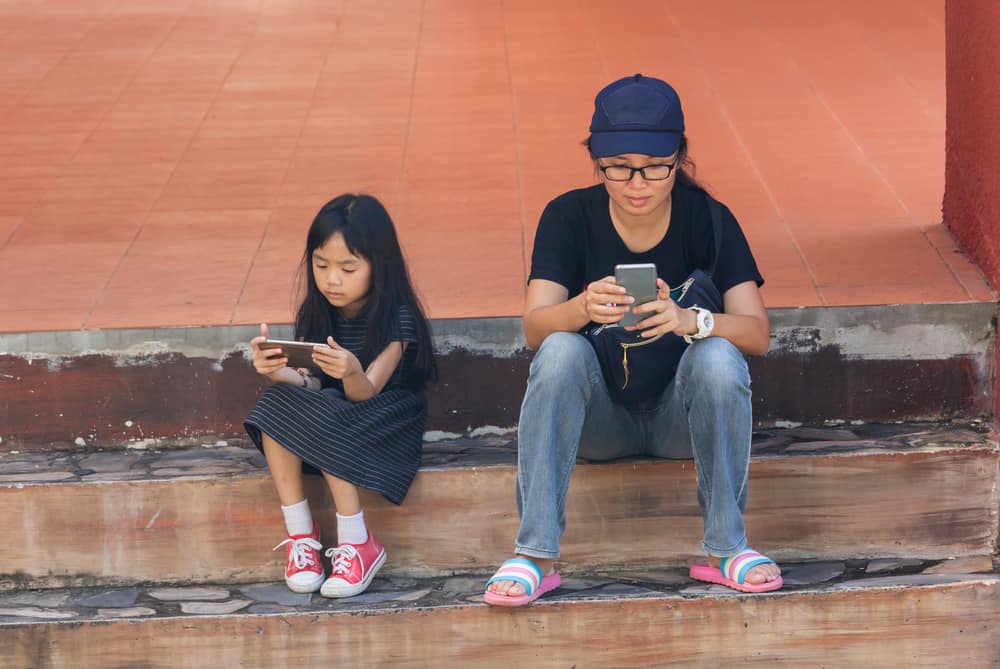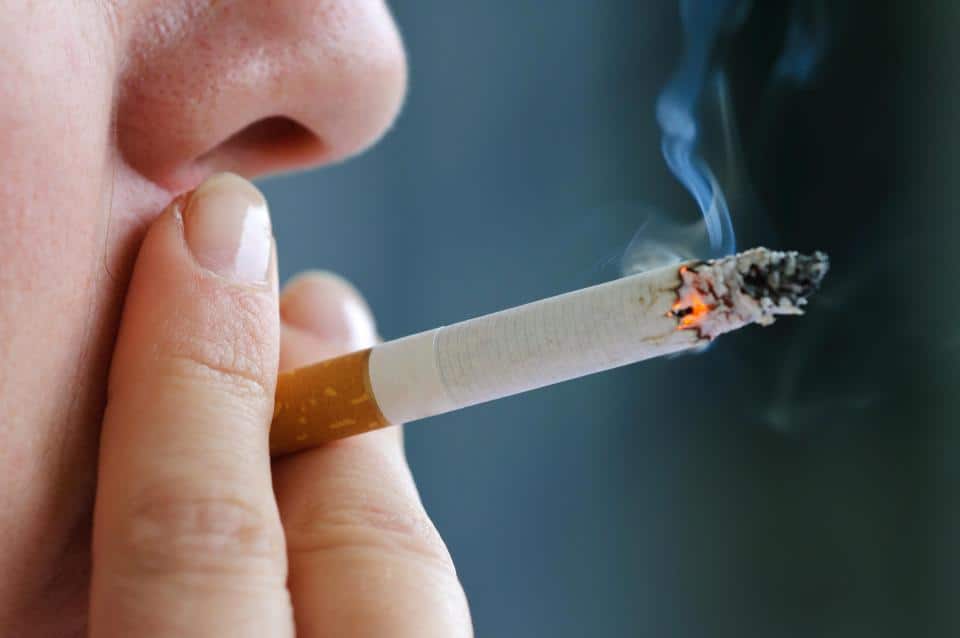Contents:
Medical Video: Cancer Treatment: Chemotherapy
Chemotherapy is a treatment for breast cancer that uses cancer killer drugs that can be given intravenously (injected into a blood vessel) or by mouth. The drug moves through the bloodstream to reach cancer cells in most of the body. Chemotherapy is given in cycles, with each treatment period followed by a recovery period. Treatment usually lasts for several months.
In most cases, chemotherapy is most effective when combined with the use of more than one drug, which means you get two or three different drugs at the same time. This combination is known as a chemotherapy regimen. Many combinations are used, and it is not certain whether a single combination is the best. Current clinical studies continue to compare the most effective treatments. In early stage breast cancer, a standard chemotherapy regimen lowers the risk of cancer to recur. In advanced breast cancer, chemotherapy makes the cancer shrink or disappear in about 30-60% of people treated. Keep in mind that each cancer responds differently to chemotherapy.
What drugs are used in breast cancer chemotherapy?
The most commonly used chemo drugs for early breast cancer include anthracyclines (such as doxorubicin / Adriamycin® and epirubicin / Ellence®) and taxanes (such as paclitaxel / Taxol® and docetaxel / Taxotere®). This can be used in combination with certain other drugs, such as fluorouracil (5-FU), cyclophosphamide (Cytoxan®), and carboplatin.
Women who have the HER2 gene can be given trastuzumab (Herceptin) with one of the taxanes. Pertuzumab (Perjeta®) can also be combined with trastuzumab and docetaxel for positive HER2 cancer. Many chemotherapy drugs are useful in treating women with advanced breast cancer, such as:
- Docetaxel
- Paclitaxel
- Platinum agent (cisplatin, carboplatin)
- Vinorelbine (Navelbine®)
- Capecitabine (Xeloda®)
- Liposomal doxorubicin (Doxil®)
- Gemcitabine (Gemzar®)
- Mitoxantrone
- Ixabepilone (Ixempra®)
- Albumin-bound paclitaxel (catch-paclitaxel or Abraxane®)
- Eribulin (Halaven®)
Standard chemotherapy regimens include:
- AT: Adriamycin and Taxotere
- AC ± T: Adriamycin and Cytoxan, with or without Taxol or Taxotere
- CMF: Cytoxan, methotrexate, and fluorouracil
- CEF: Cytoxan, Ellence, and fluorouracil
- FAC: fluorouracil, adriamycin, and Cytoxan
- CAF: Cytoxan, Adriamycin, and fluorouracil
(FAC and CAF regimens use the same drug but use different doses and frequencies)
- TAC: Taxotere, Adriamycin, and Cytoxan
- GET: Gemzar, Ellence, and Taxol
Although drug combinations are often used to treat early breast cancer, advanced disease is more often treated with a single chemotherapy drug. However, there are still several combinations, such as carboplatin or cisplatin plus gemcitabine usually used to treat advanced breast cancer.
Doctors give chemotherapy in cycles, with each treatment period followed by a resting period so that your body will have time to recover from the effects of the drug. Chemotherapy starts on the first day of each cycle, but the schedule varies depending on the drug used. For example, with some drugs, chemotherapy is given only on the first day of the cycle. In some people, given every day for 14 days, or weekly for 2 weeks. Then, at the end of the cycle, the chemo schedule will repeat itself to start the next cycle.
The most frequent cycle lasts 2 or 3 weeks, but this varies depending on the particular drug or combination of drugs. Some drugs are given more often. Adjuvant and neoadjuvant chemotherapy is often given for a total of 3 to 6 months, depending on the drug used. Treatment for advanced breast cancer may be based on how well the drug works and the side effects you have.
Doctors find that giving cycles of certain chemotherapy agents close together can reduce the chance of cancer recurrence and improve survival in some women. This means giving the same chemotherapy that is usually done every 3 weeks but is given every 2 weeks. Medication (growth factor) to help increase the number of white blood cells given after chemotherapy to ensure the return of normal white blood cell counts for the next cycle. This approach can be used for neoadjuvant and adjuvant treatment. This can cause more problems with low blood cell counts, so it cannot be used for everyone.
The type of chemotherapy recommended for you will be based on individual factors such as: do you have primary breast cancer, local recurrence, advanced stage breast cancer or secondary breast cancer. Your age, previous chemotherapy, and other medical conditions will also be taken into account.












